Deck & Commander Strategies
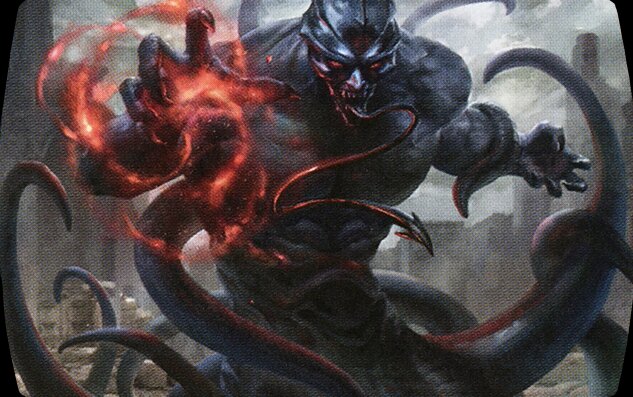
Tevesh Szat, Doom of Fools
Leverages artifact mana and card draw to generate explosive turns, often aiming to combo off with multiple spells in a single turn to win quickly or generate overwhelming advantage.
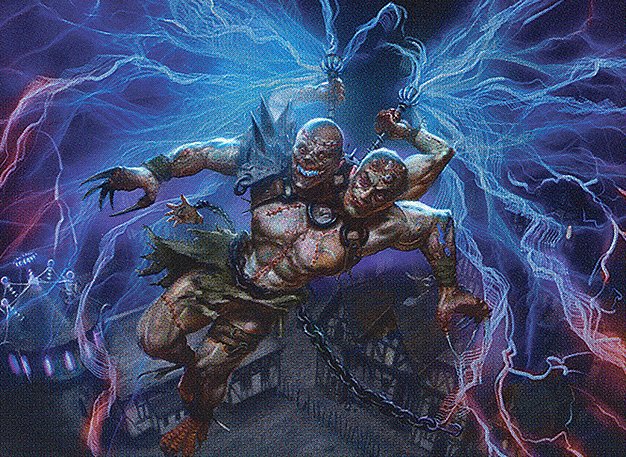
Kraum, Ludevic's Opus
Combines card draw from combat damage with efficient spells to control the board and outvalue opponents, often supporting a spell-heavy, interaction-rich game plan.
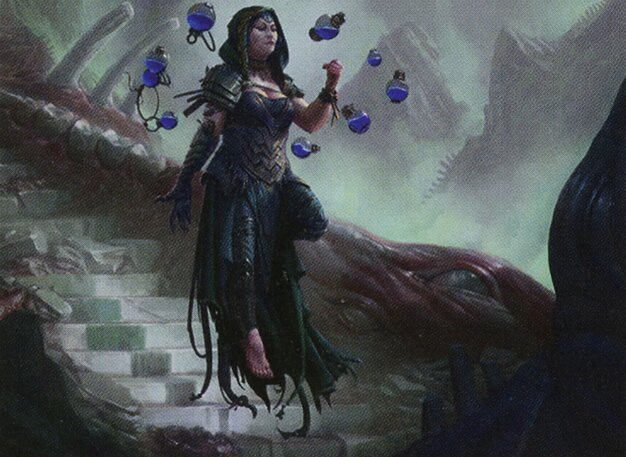
Kess, Dissident Mage
Utilizes the ability to recast spells from the graveyard, enabling repeated use of removal, counterspells, and combo pieces to control the game and assemble winning combos.
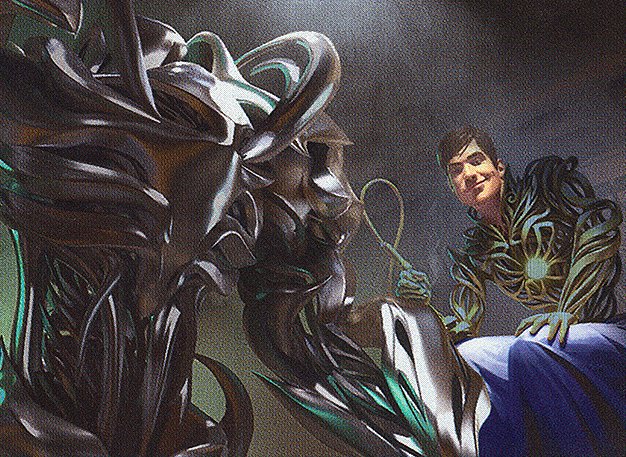
Silas Renn, Seeker Adept
Focuses on artifact synergy and recursion, often combining with Rograkh to generate incremental value and board presence while setting up combos involving artifact-based interactions.
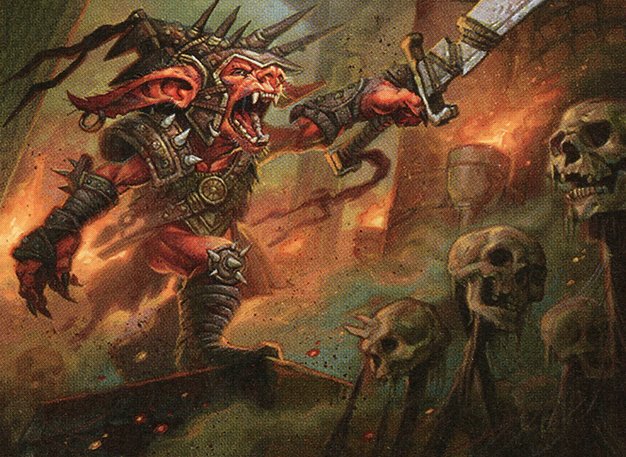
Rograkh, Son of Rohgahh
Aggressive artifact-based commander that supports artifact synergies and combos, often pairing with Silas Renn to create persistent threats and enable combo sequences.
Gameplay Insights
- 1
Players prioritized maintaining low life totals strategically to avoid becoming the primary attack target early in the game.
- 2
The wheel effect was a pivotal moment that reshuffled hands and forced players to respond quickly with counterspells and card draw to maintain board presence.
- 3
Multiple players set up Underworld Breach and wheel interactions, signaling a high-risk, high-reward approach to combo execution.
- 4
Counterspell and other interaction were heavily used to prevent fast combo wins and maintain a balanced board state.
- 5
Players showed cautious sequencing of spells, opting to pass priority and carefully manage resources to avoid giving opponents easy wins while building towards their own combos.
Notable Cards
-
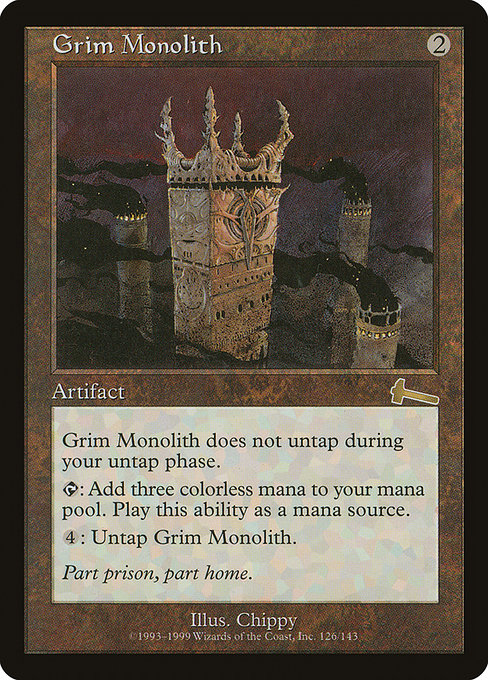
Grim Monolith
-
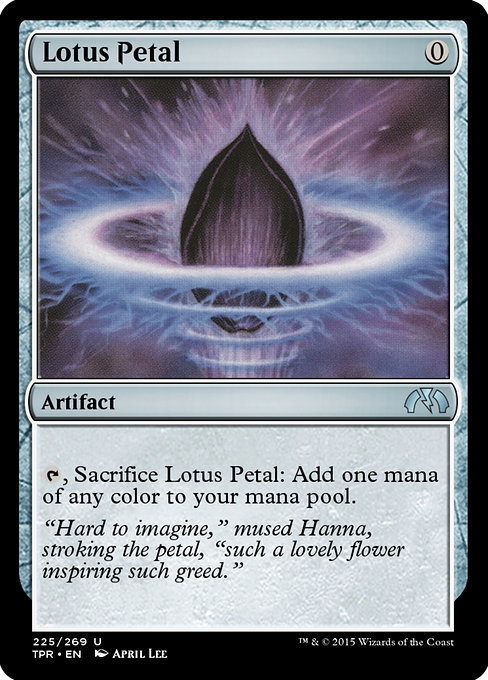
Lotus Petal
-

Underworld Breach
-
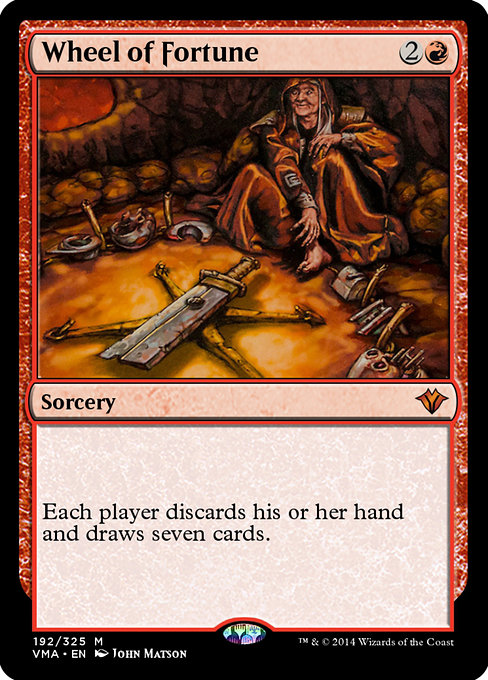
Wheel of Fortune
-
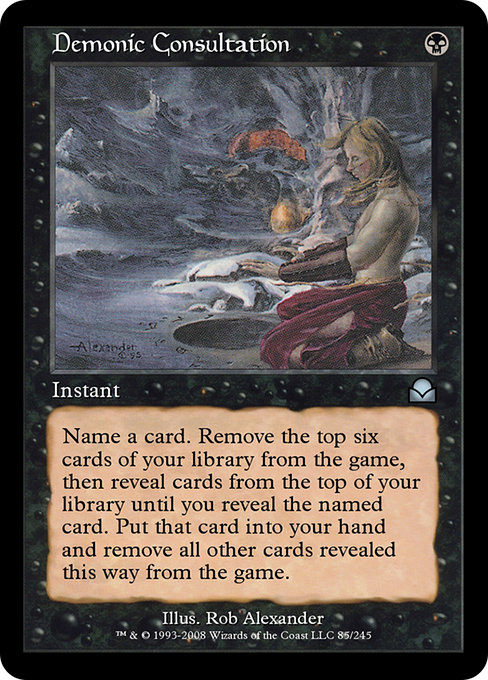
Demonic Consultation
-
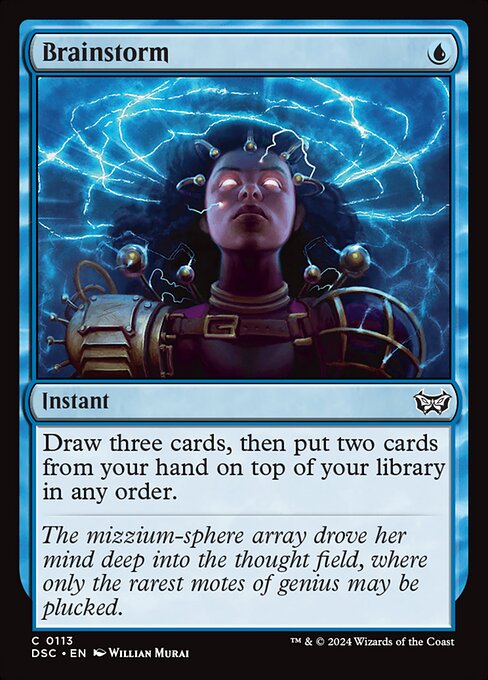
Brainstorm
-

Mana Crypt
-

Chrome Mox
-

Lotus Petal
-
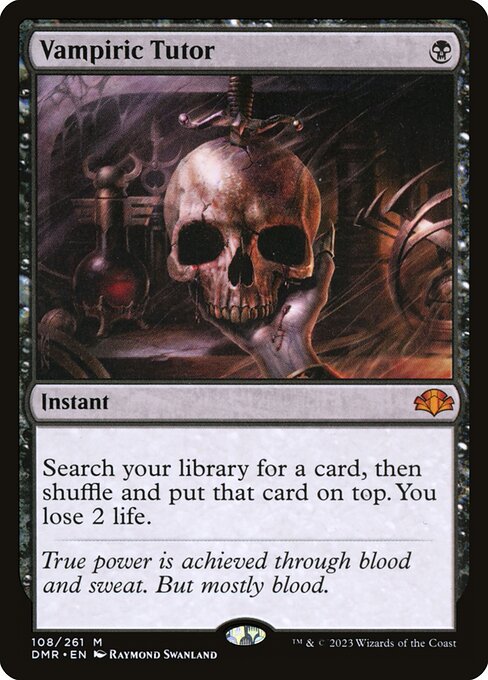
Vampiric Tutor
Gameplay Summary
The game started with all players struggling to find a solid opening hand, with multiple mulligans and a slow early game.
Players established their mana bases and began developing their boards cautiously, wary of each other's potential threats and interaction.
Early plays included mana rocks like Grim Monolith and Lotus Petal, and some low-impact creatures such as Rograkh and various talismans.
The group engaged in a tense standoff, with players carefully managing life totals and resources to avoid becoming the primary target. A key turning point occurred when a wheel effect was cast, forcing all players to discard and redraw, which reshuffled the dynamics and refreshed hands.
This was met with several counterplays including Brainstorm and counterspells, maintaining a delicate balance of power.
The presence of cards like Underworld Breach and Wheel of Fortune signaled a brewing combo threat.
The game progressed with players attempting to assemble combos or lock pieces, such as casting Underworld Breach followed by spells to generate advantage.
However, significant disruption and interaction prevented any player from running away with the game early on.
By the midgame, players were poised for explosive turns involving Demonic Consultation and other tutors, with the potential for a quick win looming but not yet realized.



























